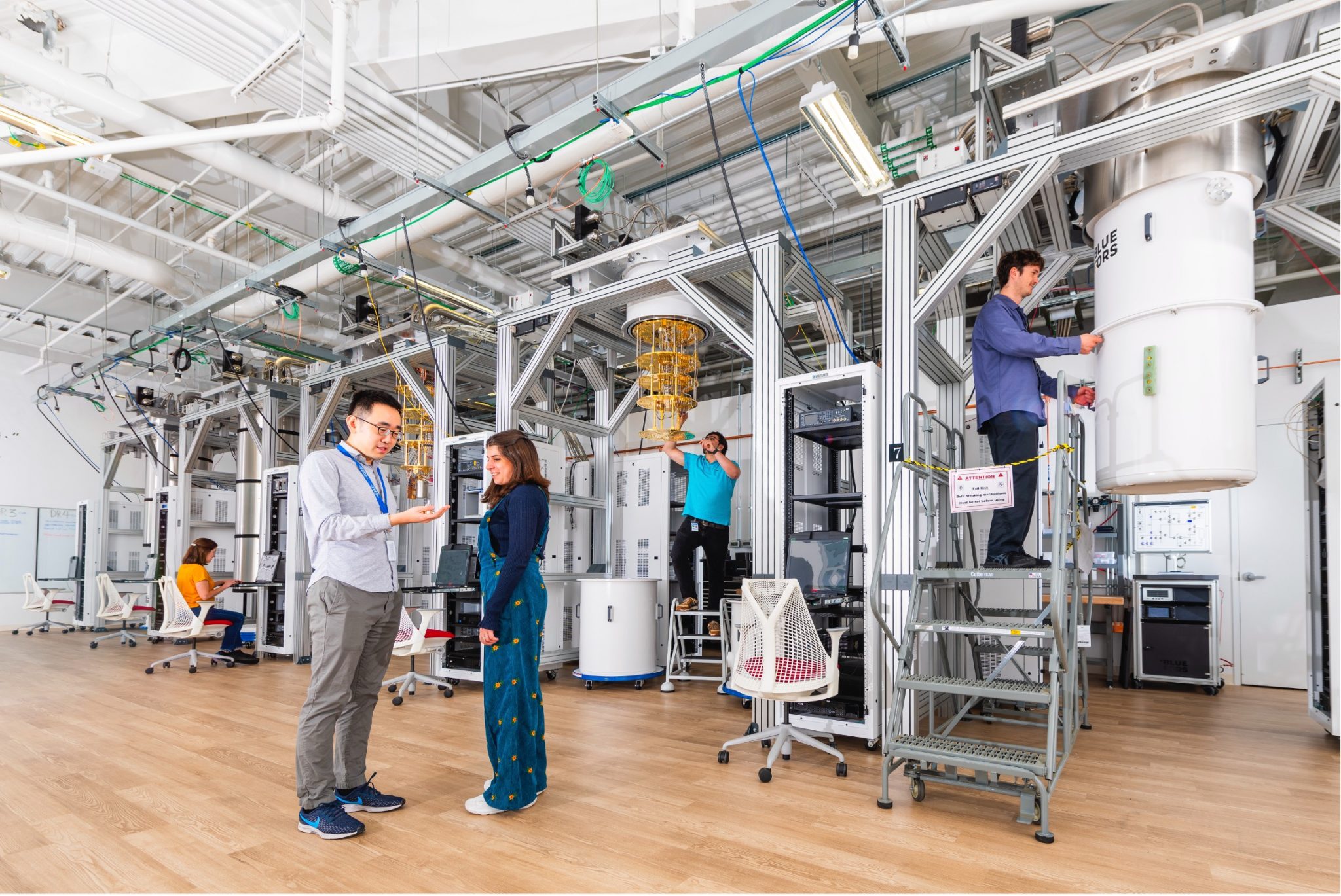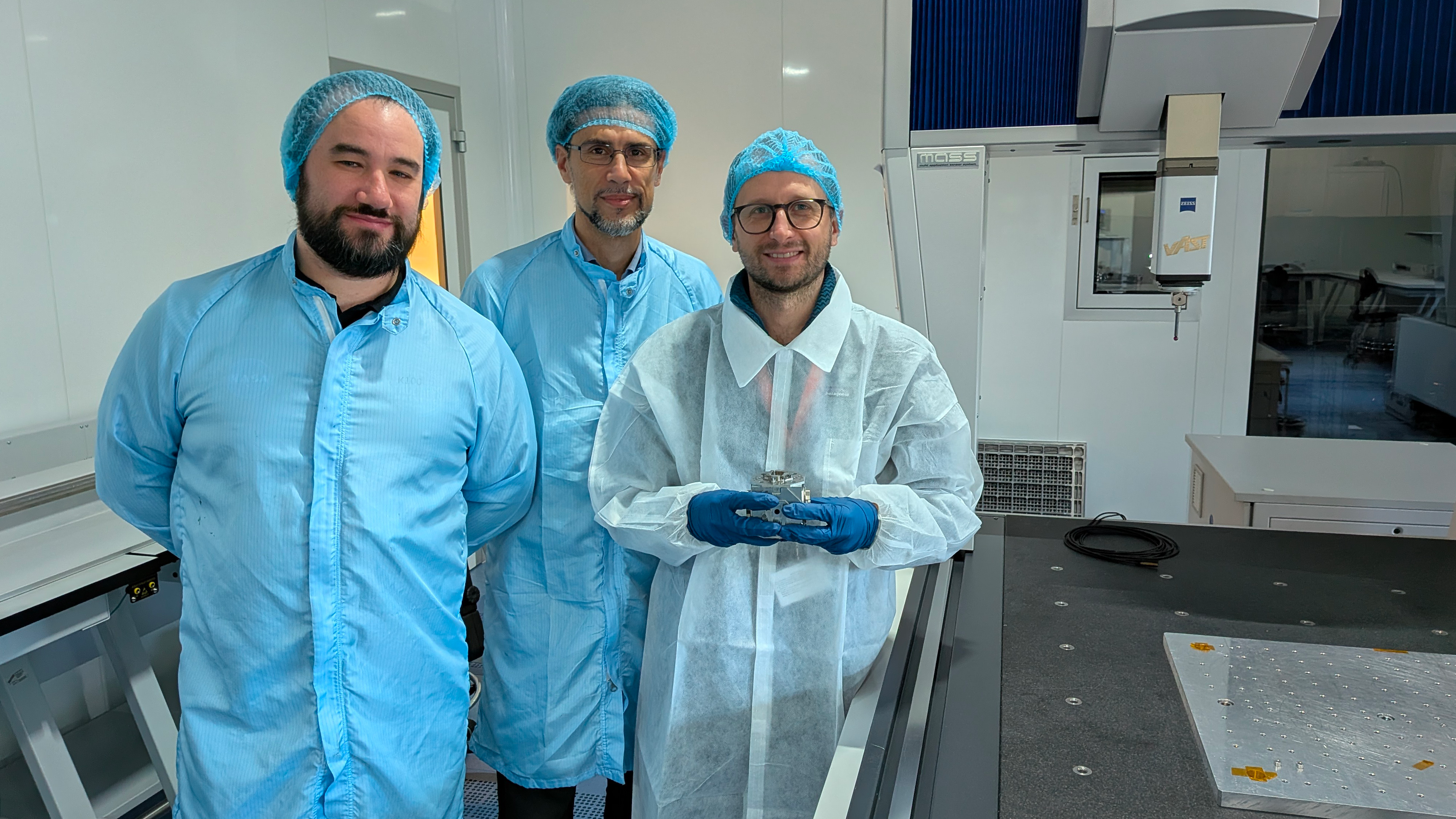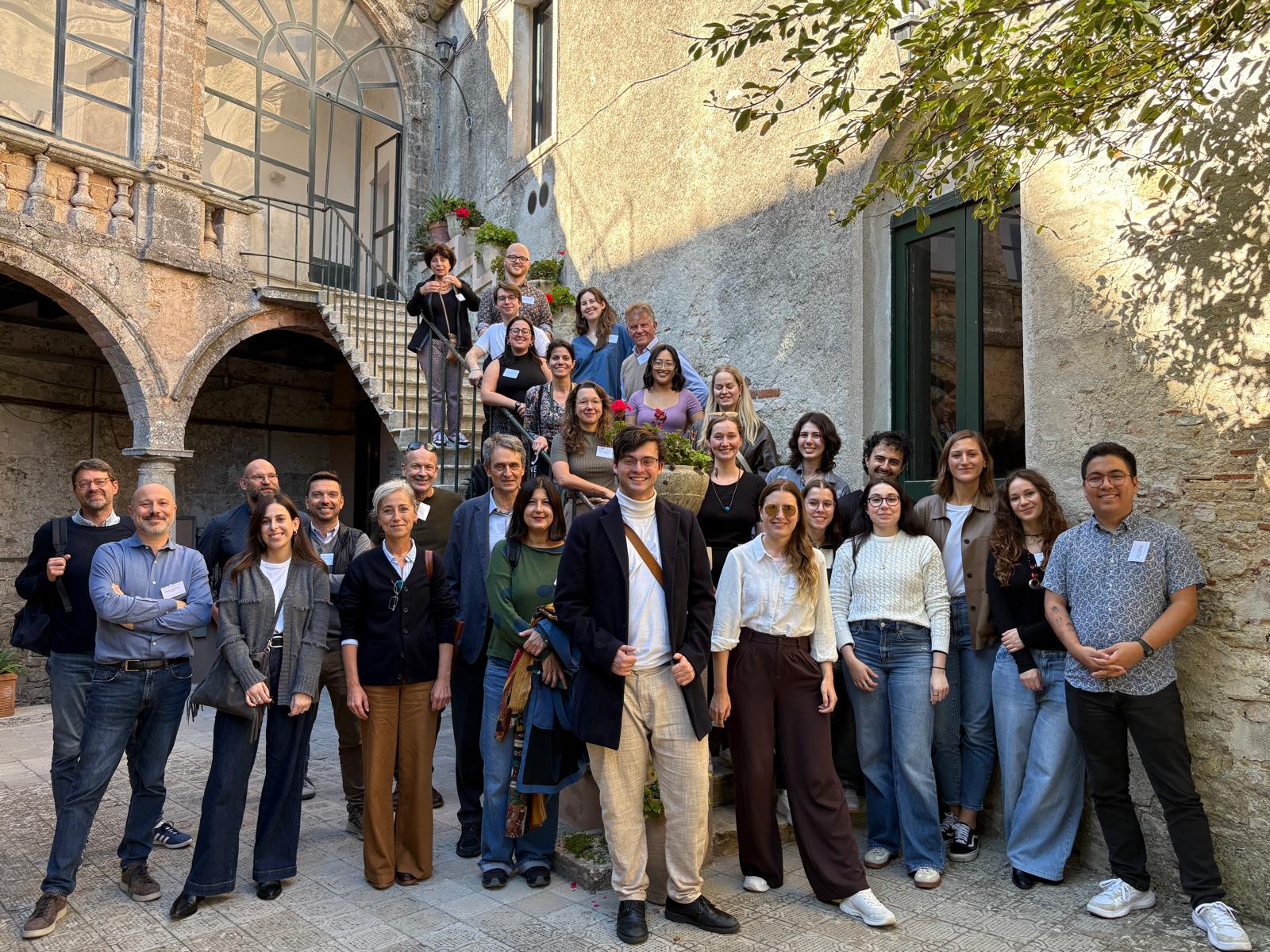 Dolphins prefer to hunt at night. The hunting patterns of these cetaceans have been revealed in a study published recently in Scientific Reports and based on data obtained by the OnDE deep-sea experimental station, set up in 2005 at the underwater observatory of the INFN’s Southern National Laboratories, at a depth of 2,100 metres off the coast of Catania. Built for the main purpose of measuring underwater acoustic background noise, to investigate the feasibility of building a neutrino acoustic detector, the OnDE station also obtains important information about the behaviour of dolphins, predators at the top of the marine food chain, whose activities in their natural habitat are not yet well known. In detail, the interdisciplinary study presents an analysis of the sounds, or “clicks”, produced by dolphins to echolocate, i.e. to interpret the echoes of sound waves to identify the presence of prey or obstacles. These clicks are much more frequent at night than during the day. The biosonar activity of the dolphins studied off the coast of Eastern Sicily has been found to vary greatly between daytime and night-time. They emit more echolocation signals at night, when they cannot rely on their vision to hunt or obtain information about their surroundings. The software used to automatically detect these acoustic signals was developed by a team of physicists and biologists. The key element of this research is its interdisciplinary approach. The project involved INFN, the Italian National Research Council – Institute for Coastal Marine Environment (CNR-IAMC), the Department of Climate Change Observations and Modelling of the Italian National Agency for New Technologies, Energy and Sustainable Economic Development (ENEA), the Universities of Messina and Catania and the Interdisciplinary Centre for Bioacoustics and Environmental Research (CIBRA) of the University of Pavia. Since the year 1998 INFN has launched a strong research activity to build an astrophysics neutrino telescope to be installed on the seabed off the coast of Sicily. The project has proved immediately to be useful also as a facility for interdisciplinary studies. One of the first experiments dates back to 2005-2006, when the OnDE station was installed to enable real-time monitoring of underwater acoustic noise, thanks to which, scientists have been able to record the presence of cetaceans in the Ionian Sea over several years. Today, in collaboration with numerous European research organisations, the project has now evolved the KM3NeT infrastructure, a ERIC (European Research Infrastructure Consortium) promoted by European Strategic Forum for Research Infrastructures (ESFRI).
Dolphins prefer to hunt at night. The hunting patterns of these cetaceans have been revealed in a study published recently in Scientific Reports and based on data obtained by the OnDE deep-sea experimental station, set up in 2005 at the underwater observatory of the INFN’s Southern National Laboratories, at a depth of 2,100 metres off the coast of Catania. Built for the main purpose of measuring underwater acoustic background noise, to investigate the feasibility of building a neutrino acoustic detector, the OnDE station also obtains important information about the behaviour of dolphins, predators at the top of the marine food chain, whose activities in their natural habitat are not yet well known. In detail, the interdisciplinary study presents an analysis of the sounds, or “clicks”, produced by dolphins to echolocate, i.e. to interpret the echoes of sound waves to identify the presence of prey or obstacles. These clicks are much more frequent at night than during the day. The biosonar activity of the dolphins studied off the coast of Eastern Sicily has been found to vary greatly between daytime and night-time. They emit more echolocation signals at night, when they cannot rely on their vision to hunt or obtain information about their surroundings. The software used to automatically detect these acoustic signals was developed by a team of physicists and biologists. The key element of this research is its interdisciplinary approach. The project involved INFN, the Italian National Research Council – Institute for Coastal Marine Environment (CNR-IAMC), the Department of Climate Change Observations and Modelling of the Italian National Agency for New Technologies, Energy and Sustainable Economic Development (ENEA), the Universities of Messina and Catania and the Interdisciplinary Centre for Bioacoustics and Environmental Research (CIBRA) of the University of Pavia. Since the year 1998 INFN has launched a strong research activity to build an astrophysics neutrino telescope to be installed on the seabed off the coast of Sicily. The project has proved immediately to be useful also as a facility for interdisciplinary studies. One of the first experiments dates back to 2005-2006, when the OnDE station was installed to enable real-time monitoring of underwater acoustic noise, thanks to which, scientists have been able to record the presence of cetaceans in the Ionian Sea over several years. Today, in collaboration with numerous European research organisations, the project has now evolved the KM3NeT infrastructure, a ERIC (European Research Infrastructure Consortium) promoted by European Strategic Forum for Research Infrastructures (ESFRI).





